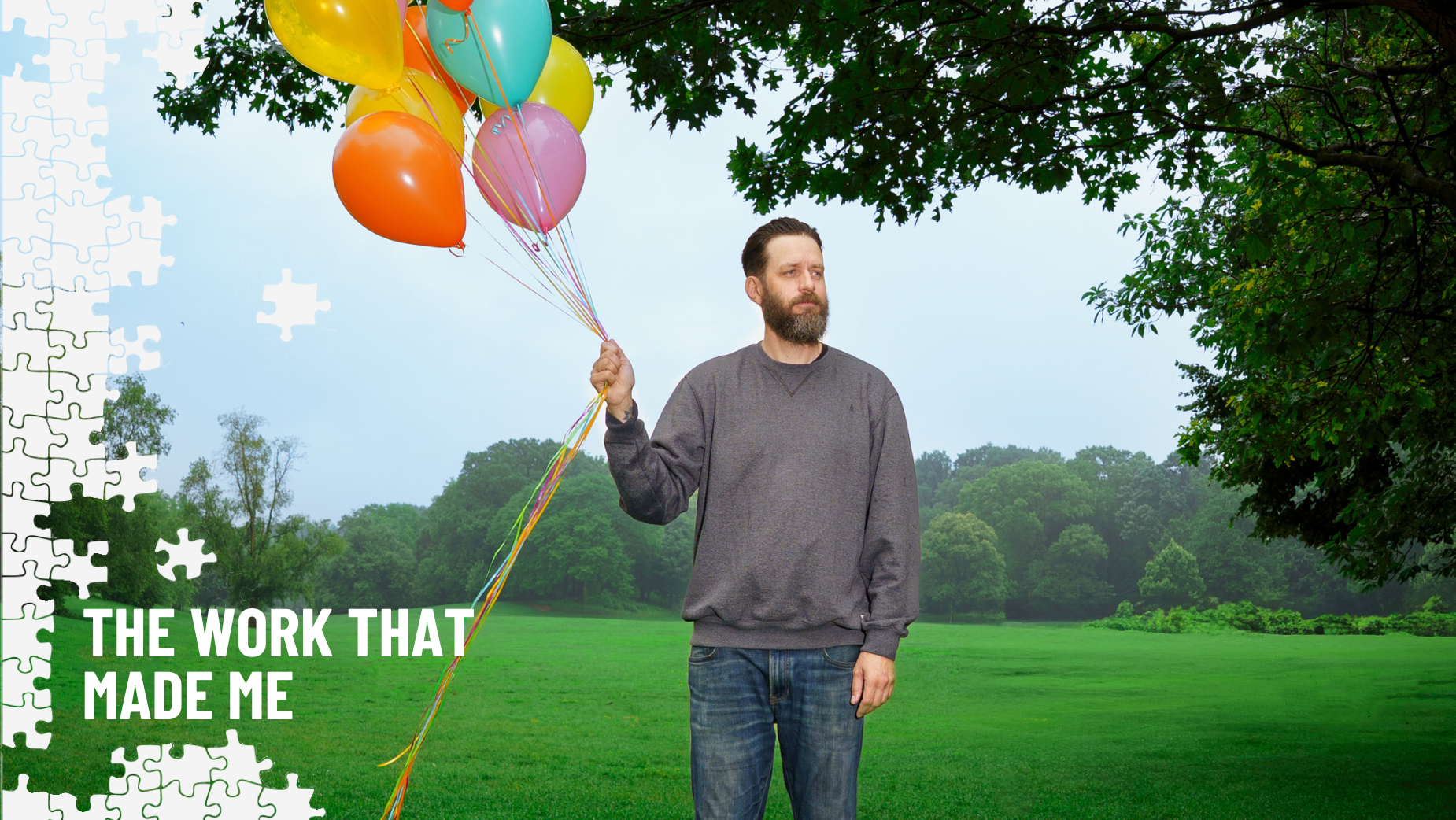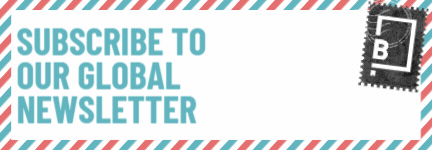
‘The Thing’, The Radio Monkey and Classic Nike Ads: The Work That Made Erik Norin

Erik Norin is a creative partner of Birthday, a global creative collective that acts as a true extension of brands' in-house teams – no layers, no politics, no nonsense. Just the right people coming together to build brands worth celebrating.
He previously held roles as ECD at Mother and Wieden Kennedy in New York, working on brands like Absolut Vodka, adidas, Nokia, Red Bull, MasterCard, Nike, Delta Airlines, and Southern Comfort.
The Heineken Light work with Neil Patrick Harris, Instagram Shopping with Celine Dion, and the 2019 Super Bowl campaign for Stella Artois with Jeff Bridges and Sarah Jessica Parker are amongst his favourite work.
Erik was listed as one of Sweden’s most influential digital creatives and the 9th best creative director in the world by W&V Magazine – a great honour.
He sat down with LBB to look back on growing up in Sweden, '80s horror films, and his latest work with Hinge…
LBB> The ad/music video from my childhood that stays with me…
Erik> Growing up in Sweden a long time ago, we didn’t have any commercials on TV, so watching ads was a rare treat, usually reserved for trips to the cinema. You’d always make sure to arrive early so you wouldn’t miss them.
This ad is a classic example: a city reporter, completely out of his depth, doesn’t realise that chips are made from potatoes. One line in particular – “Why am I standing in this jungle?!” – is still often quoted in Sweden today.
LBB> The ad/music video/game/web platform that made me want to get into the industry…
Erik> Funny to think about it now, but I never consciously decided to work in advertising. I was always drawn to ideas and storytelling; I studied script development, animation, and English literature, and back then, Flash was this exciting tool that brought together narrative, animation, and interactivity in a way I just fell in love with.
And of course, at the time, Stockholm was something of a digital advertising epicentre, which made it all the more natural.
LBB> The creative work that I keep revisiting…
Erik> Anyone who's ever had the misfortune of working with me will know I constantly reference 80s movies, especially horror.
There’s just something about how inventive those films were, often made on tiny budgets, living on the fringes of mainstream entertainment, and yet still managing to capture the attention of millions through pure creativity and clever execution.
I love how they trusted the audience, with slower pacing, practical effects that showcase craft and problem-solving, and often, an open ending. That idea of leaving space for the story to live on in your mind long after the credits roll has always stuck with me.
LBB> My first professional project…
Erik> I worked on the advent calendar known as The Radio Monkey for Swedish Radio, creating an interactive experience in Flash.
Maybe that was the first time I realised that the things I loved tinkering with in my spare time – storytelling, animation, interaction – could actually become my profession.
LBB> The piece of work that made me so angry that I vowed to never make anything like *that*…
Erik> I can’t quite think of a piece of work that made me angry in that way. In this day and age, I’m happy for anybody who gets to make work! I think and hope no one sets out to create work that enforces stereotypes or work that is formulaic.
But if I have to pick something that can frustrate me, it would be work that underestimates the viewers and their intelligence.
LBB> The piece of work that still makes me jealous…
Erik> I don’t even know where to start. There’s so much great work out there. Sometimes I’m just as impressed by the idea itself as by the obstacles that must’ve been overcome to make it happen.
Looking back, campaigns like Ecko’s 'Air Force One' and some of Nike’s best work really stand out not just for their creativity, but for how they shifted the industry and inspired a whole generation of people working in it.
LBB> The creative project that changed my career…
Erik> If I had to pick one, it might be Heineken’s ‘Departure Roulette.’ I was a CD at Wieden & Kennedy, and the team behind it was one of those rare groups where everything just clicked.
It turned into one of the biggest viral hits of the time.
I think many of us would still name it as a career highlight. It’s also a piece of work I hear referenced surprisingly often, even now, by both clients and agencies, as an early example of the kind of social experiment-led campaigns that became a bit of a genre in themselves.
LBB> The work that I’m proudest of…
Erik> I feel like each project I’ve worked on has some element I’m super proud of. That might be inventing a completely new technical creative solution for a project for Nokia, or launching the Pregnancy Pause, which had such a real impact on working moms, or successfully launching something massive like the Super Bowl campaign for Stella Artois, or launching Instagram shopping.
I find there’s something to be proud of in each project.
LBB> I was involved in this and it makes me cringe…
Erik> With great power comes great responsibility, as they say, and the only things that make me cringe are a couple of projects from the early days where we really could have made amazing work but somehow didn't.
We had complete trust and a clean canvas, but we were too young or inexperienced to take full advantage of the opportunity; we thought it would be easy to make great work.
It's obviously one of the lessons I'm most grateful for learning early on.
LBB> The recent project I was involved in that excited me the most?
Erik> I’m really excited about what we’re building at Birthday and especially some of the work we’ve done with Hinge.
They are an amazing creative partner. They are really dedicated to deeply understanding what matters to their gen z audience, and ideas that reflect them in authentic ways. I love the campaign we just released, ‘Where Hinge Ends, We Begin.’
They are authentic, but they’re not just a mirror to reality; there’s a drama to them, which makes them super relatable for gen z but also entertaining.















